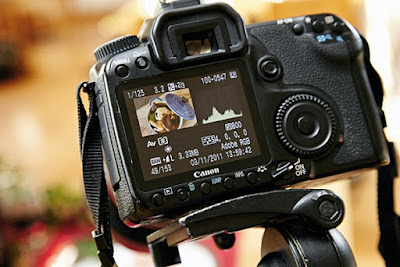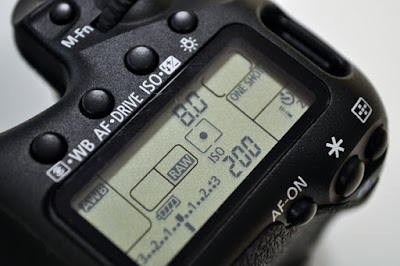5. Set a custom white balance value
It’s
easy to set the custom white balance value of a camera, you just set it to the
correct mode (the manual will explain how to find this) and then photograph a
white or neutral grey card in the same light as your subject. Well that’s the
theory.
In
practice it can be little trickier, because the angle at which you hold the
card can have a huge impact upon the final result.
If
the main light is coming from directly above your subject, for example, and you
tip the card slightly downwards towards a coloured area under your subject you
will find the result is very different to the one you get if you hold the card
slightly tipped upwards.
Learn
how to make a custom white balance setting with your camera and experiment by
holding a white balance card at different angles to see for yourself and learn.
If
you find you don’t like the neutral look of images that your camera produces in
this mode, try the adjustment controls until you find a setting that works for
you.
 |
| Custom White Balance |
To Be Continued....



